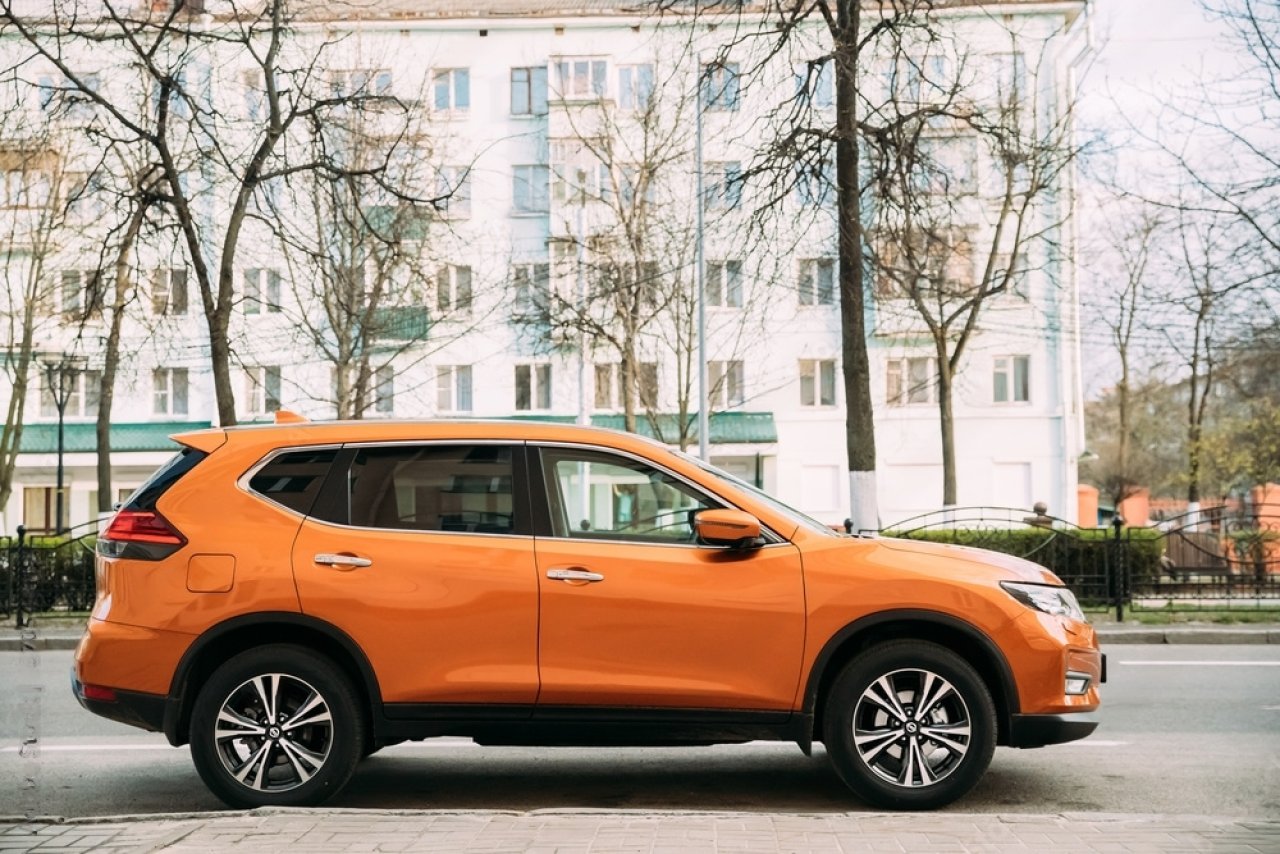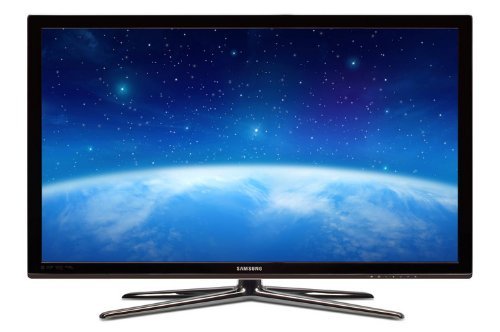The Crossover Craze: Exploring the Popularity of SUVs and Crossovers

In recent years, there has been a noticeable shift in the automotive industry towards SUVs (Sport Utility Vehicles) and crossovers. Once considered niche vehicles for outdoor enthusiasts or large families, SUVs and crossovers have now become mainstream, dominating roads and driveways around the world. This phenomenon has sparked a crossover craze, prompting many to explore the reasons behind the skyrocketing popularity of these versatile vehicles.
Evolution of SUVs and Crossovers:
To understand the crossover craze, it's essential to trace the evolution of SUVs and crossovers. Traditionally, SUVs were rugged, truck-based vehicles designed for off-road adventures and heavy-duty use. However, as consumer preferences shifted towards comfort, versatility, and fuel efficiency, automakers began developing crossover vehicles.
Crossovers, often referred to as CUVs (Crossover Utility Vehicles), combine the features of traditional SUVs with the handling and drivability of passenger cars. They typically feature a unibody construction, similar to sedans, rather than the body-on-frame construction of traditional SUVs. This design allows crossovers to offer a smoother ride, better fuel efficiency, and more car-like handling while retaining the elevated ride height and spacious interior of SUVs.
Driving Factors Behind the Crossover Craze:
Several factors have contributed to the widespread popularity of SUVs and crossovers:
- Versatility: One of the primary appeals of SUVs and crossovers is their versatility. These vehicles offer ample cargo space, flexible seating arrangements, and often come with all-wheel drive or four-wheel drive capabilities, making them well-suited for various lifestyles and activities. Whether it's commuting to work, running errands, or embarking on weekend getaways, SUVs and crossovers can accommodate diverse needs.
- Perceived Safety: Many consumers perceive SUVs and crossovers to be safer than traditional passenger cars due to their larger size and elevated ride height. This perception of safety, coupled with features like advanced driver-assistance systems (ADAS) and robust construction, has made SUVs and crossovers an attractive choice for families seeking peace of mind on the road.
- Commanding Presence: SUVs and crossovers command a strong presence on the road, exuding a sense of confidence and capability. The elevated ride height provides drivers with a commanding view of the road ahead, while the rugged styling and muscular proportions create a sense of adventure and exploration. For many drivers, owning an SUV or crossover is as much about making a statement as it is about practicality.
- Fuel Efficiency: Despite their larger size, many modern SUVs and crossovers offer impressive fuel efficiency thanks to advancements in engine technology, aerodynamics, and lightweight construction. This improved fuel economy makes SUVs and crossovers more appealing to eco-conscious consumers who want the space and versatility of an SUV without sacrificing fuel efficiency.
- Marketing and Branding: Automakers have played a significant role in promoting the appeal of SUVs and crossovers through targeted marketing campaigns and branding efforts. By positioning these vehicles as lifestyle accessories tailored to the needs and aspirations of modern consumers, automakers have successfully tapped into a vast and lucrative market segment.
The Diverse Landscape of SUVs and Crossovers:
The popularity of SUVs and crossovers has led to a proliferation of models and variations, catering to a wide range of preferences and budgets. From compact crossovers ideal for urban commuting to full-size SUVs capable of tackling rugged terrain, there's a crossover or SUV to suit virtually every taste and requirement.
- Compact Crossovers: Compact crossovers, such as the Toyota RAV4, Honda CR-V, and Nissan Rogue, offer a winning combination of fuel efficiency, maneuverability, and practicality. These vehicles are popular choices for urban dwellers and small families seeking a versatile and economical mode of transportation.
- Midsize SUVs: Midsize SUVs, like the Ford Explorer, Chevrolet Traverse, and Subaru Outback, strike a balance between spaciousness and agility. With ample cargo space, comfortable seating for five or more passengers, and available all-wheel drive, midsize SUVs are well-suited for family outings and road trips.
- Full-Size SUVs: Full-size SUVs, including the Chevrolet Tahoe, Ford Expedition, and Toyota Sequoia, offer maximum seating capacity and towing capability. These vehicles are ideal for large families, outdoor enthusiasts, and anyone in need of generous cargo space and robust performance.
- Luxury SUVs: Luxury SUVs, such as the BMW X5, Mercedes-Benz GLE, and Audi Q7, elevate the crossover experience with premium materials, advanced technology, and refined craftsmanship. These vehicles cater to discerning buyers who demand the utmost in comfort, performance, and prestige.
- Electric SUVs: With the rise of electric vehicles (EVs), automakers are introducing electric SUVs and crossovers to meet growing demand for eco-friendly transportation. Models like the Tesla Model X, Audi e-tron, and Jaguar I-PACE offer zero-emission driving without compromising on style or performance.
Conclusion:
The crossover craze shows no signs of slowing down, as SUVs and crossovers continue to dominate the automotive market. With their versatility, safety, commanding presence, fuel efficiency, and diverse range of models, these vehicles appeal to a broad spectrum of consumers. Whether it's navigating city streets, conquering off-road trails, or embarking on cross-country adventures, SUVs and crossovers are poised to remain indispensable companions for drivers around the world.







